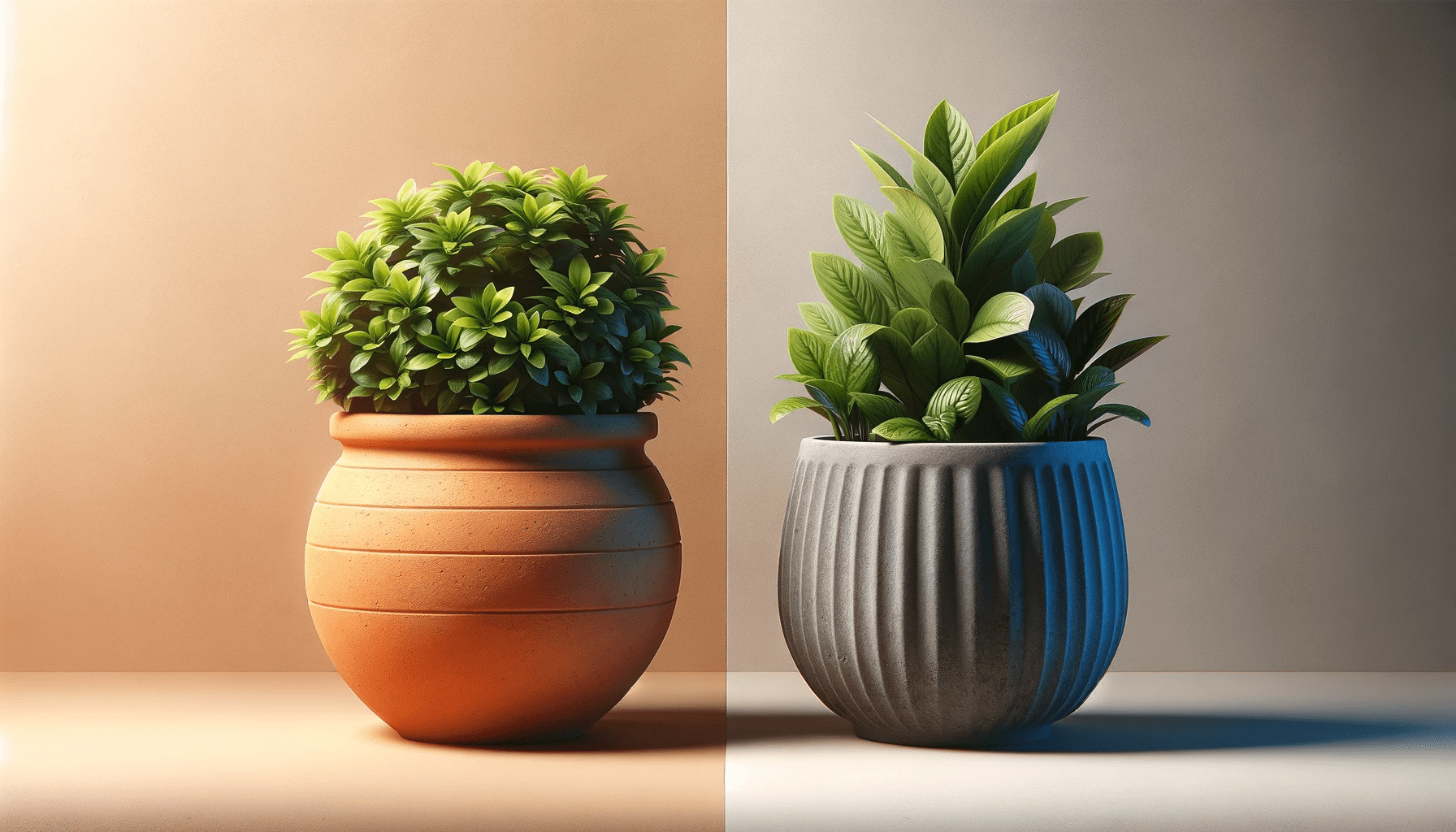
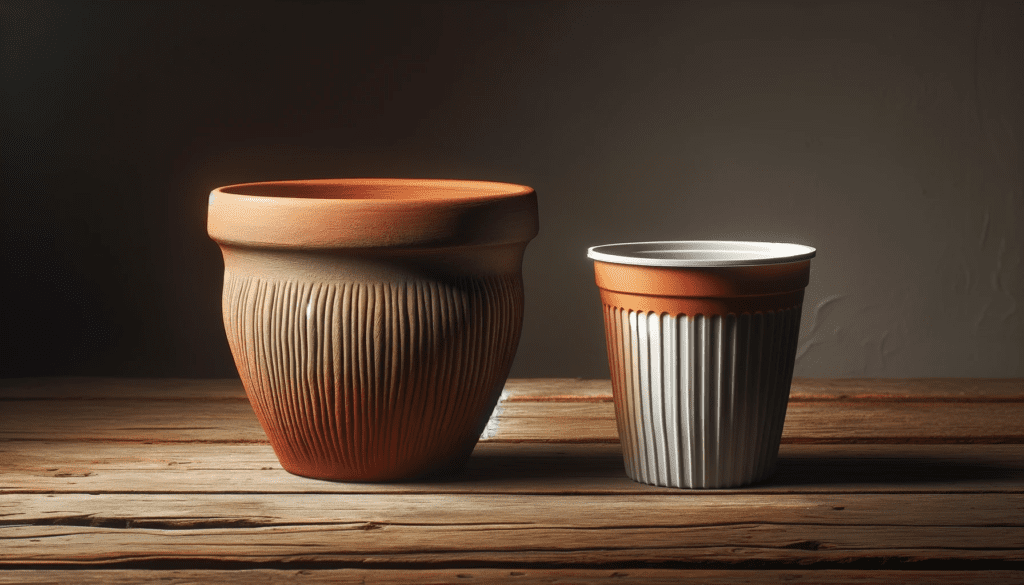
This is a question that I get all the time: “Should I buy terra cotta pots or plastic pots?” The answer, unfortunately, is not always straightforward. Here are some things to consider when making your decision:
1. Cost: Terra cotta pots are usually less expensive than plastic pots.
2. Weight: Terra cotta pots are much heavier than plastic pots, so they may be more difficult to move around.
3. Durability: Terra cotta pots are more fragile than plastic pots and can easily crack or break.
4. Appearance: Terra cotta pots have a more natural look than plastic pots.
5. Planting: Terra cotta pots should be planted in the ground or in a larger pot to prevent them from drying out. Plastic pots can be planted directly in the ground.
So, which type of pot should you buy? It really depends on your needs and preferences. If you want a less expensive option that has a more natural look, then go for terra cotta. If you need something that’s lighter and more durable, then go for plastic.
When it comes to deciding between terra cotta and plastic pots for your plants, it’s important to know the difference between the two materials. Here is a breakdown of the pros and cons of each type of pot to help you make the best decision for your plants.
Terra cotta pots are made of natural clay that is fired in a kiln. These pots are porous, which means they absorb water and help keep the plant’s roots moist. They are also heavier than plastic pots, so they are less likely to tip over in strong winds. The downside to terra cotta pots is that they can break easily and they need to be watered more often than plastic pots because they dry out quickly.
Plastic pots are made of, well, plastic! These pots are not porous, so they don’t absorb water and the plant’s roots can become dry. They are also lighter than terra cotta pots, so they can be blown over in strong winds. Plastic pots are also cheaper than terra cotta pots and they come in a variety of colors and sizes. The downside to plastic pots is that they can discolor over time and some plants do not do well in them because they need air to circulate around their roots.
So, which is better? It depends on your needs. If you are looking for a pot that is less expensive and lighter weight, then a plastic pot is a good option. If you are looking for a pot that will help keep your plant’s roots moist and is less likely to tip over, then a terra cotta pot is a better choice.
Is My Terra Cotta Pot Leaking?
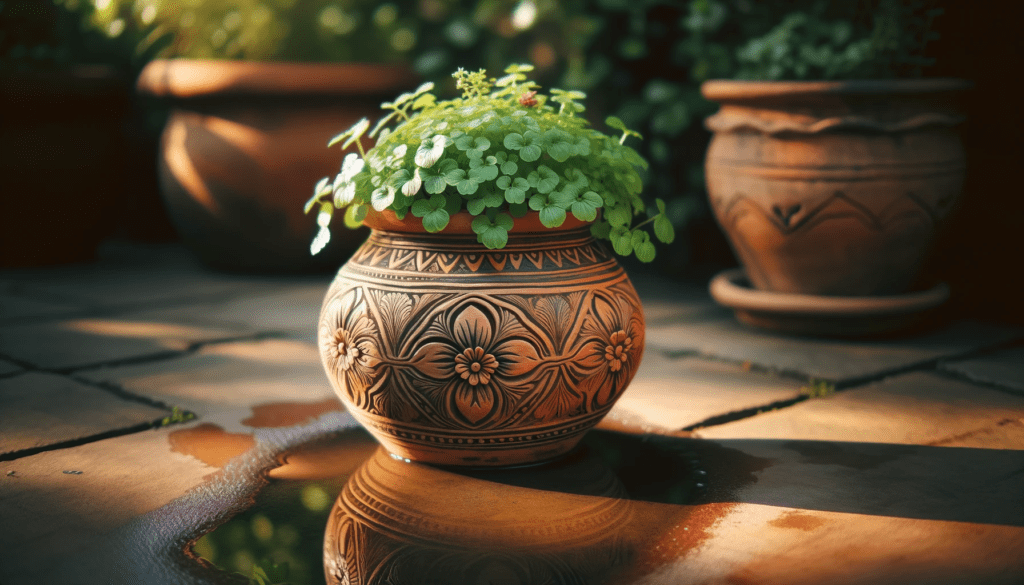
If you own a terra cotta pot, you may have noticed that it tends to leak water. This is because the porous nature of the pot allows water to seep through the walls and into the soil. While this is not a serious problem, it can be annoying and it can also lead to root rot if the pot is not draining properly.
There are a few things you can do to prevent your pot from leaking. First, make sure that you are using a pot that has been properly glazed. This will create a barrier between the water and the pot itself. Second, be sure to drill a few drainage holes in the bottom of the pot. This will allow any excess water to drain out and prevent the roots from sitting in water.
If your pot is already leaking, there are a few things you can do to fix it. First, try using a sealant on the inside of the pot. This will create a barrier between the water and the pot and should stop the leaking. If the sealant does not work, you may need to replace the pot.
When it comes to terra cotta pots, leakage is a common problem. However, there are a few things you can do to prevent or fix the issue. By using a properly glazed pot and drilling drainage holes, you can help to alleviate the problem. If your pot is already leaking, try using a sealant to stop the water from seeping through.
Is My Terra Cotta Pot Cracked?
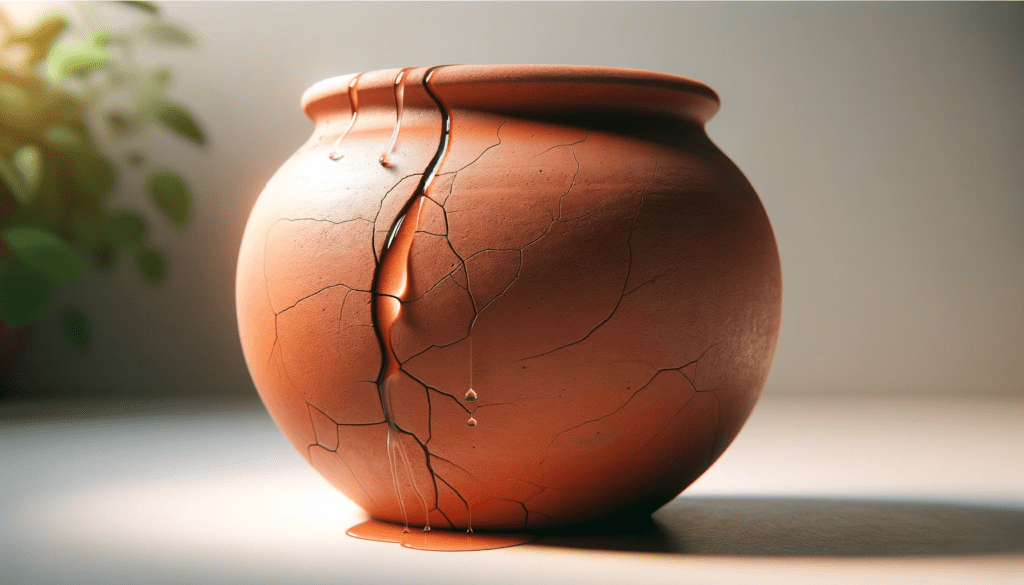
If you’re a plant lover, you’ve probably got a few terra cotta pots scattered around your house. They’re classic and stylish, but they can also be delicate. So what do you do if you think your pot might be cracked?
First, take a close look at the pot. Are there any cracks or chips in the surface? If so, then it’s likely that the pot is indeed cracked. However, small cracks are not necessarily a problem. In fact, they can actually add to the pot’s character.
If the cracks are more than surface deep, then they could be a problem. If the pot is filled with plants, water can seep through the cracks and cause the plants to root in the wrong place. This can weaken the pot and make it more likely to break.
If you’re not sure whether the cracks in your pot are surface level or not, try this test: Touch the side of the pot where the cracks are. If the pot feels warm, that means the cracks go all the way through and water is seeping out. If the pot feels cool, then the cracks are most likely surface level and not a problem.
If your pot is cracked and you want to fix it, there are a few options. First, you can try using a clear epoxy glue. This will create a waterproof seal and reinforce the pot. Just be sure to follow the directions on the glue carefully.
Another option is to fill the cracks with silicone caulk. This will also create a waterproof seal, but it won’t be as strong as epoxy.
If the cracks are just surface level, you can try covering them with tape or decoupage. This won’t stop water from seeping through, but it will help disguise the cracks.
No matter what you do, it’s important to remember that a cracked terra cotta pot is more fragile than one that’s intact. Handle it carefully and don’t put any plants in it that are too heavy. With a little TLC, your pot will last for years to come.
How Can I Tell If My Terra Cotta Pot is Variegated?
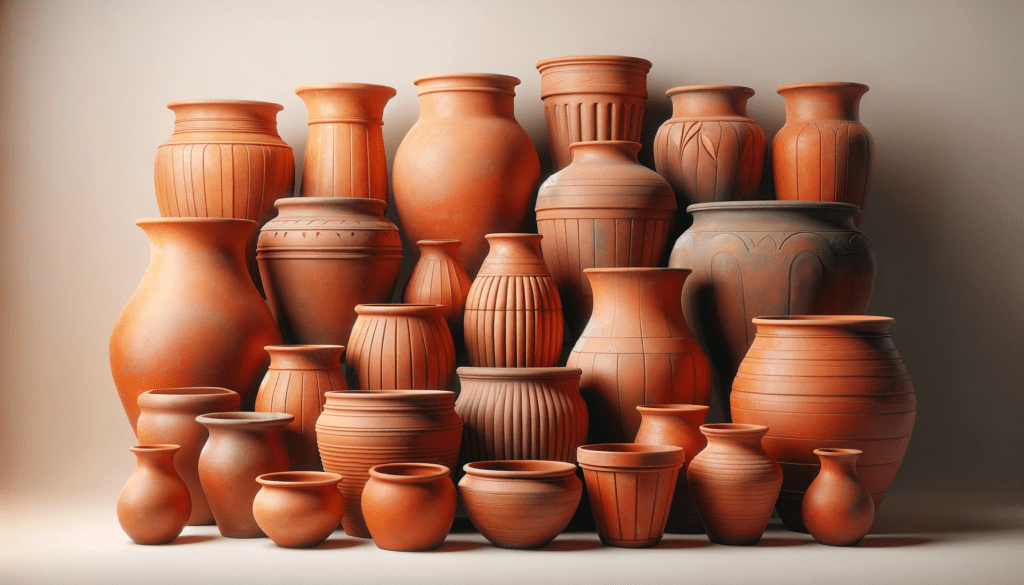
If you’re wondering how to tell if your terra cotta pot is variegated, there are a few things you can look for. First, take a look at the pot’s surface. If you see any cracks or indentations, that’s a good indicator that the pot is variegated. Another way to tell is by looking at the color of the pot. If it’s a dark brown or black, it’s probably not variegated. However, if it’s a light brown or tan, there’s a good chance it is.
If you’re still not sure, there’s one surefire way to tell: touch the pot. If it feels rough to the touch, it’s definitely variegated. In contrast, if it feels smooth, it’s most likely not.
So, why does it matter whether or not your terra cotta pot is variegated? For one thing, it can affect the plant that’s growing in it. Terra cotta that’s not variegated is more porous, which means it will dry out more quickly.
This can be good for plants that need lots of drainage, but not so good for those that prefer to stay on the damp side. Conversely, variegated terra cotta is less porous and will hold moisture in better. This makes it a good choice for plants that like to stay moist.
Knowing whether or not your terra cotta pot is variegated can also help you choose the right type of plant for it. If you’re not sure which plants will do well in a particular type of pot, ask your local nursery or garden center. They should be able to help you find a plant that’s well-suited to the type of pot you have.
Should I Buy an Old Terra Cotta Pot?
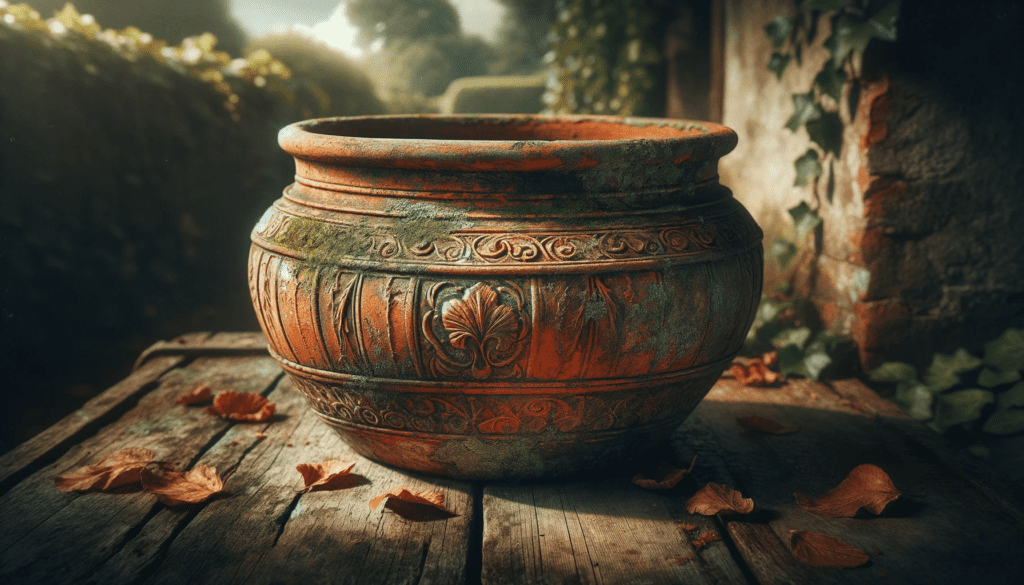
If you’re in the market for a new planter, you may be wondering if you should buy an old terra cotta pot. Terra cotta pots are a popular choice for indoor and outdoor plants, but they can be expensive. Here are a few things to consider before you make your purchase:
Size – Old terra cotta pots come in all shapes and sizes. You’ll need to decide how big of a pot you need based on the size of the plant you’re potting.
Condition – Inspect the pot for cracks, chips, or other damage. You don’t want to buy a pot that’s in poor condition, as it may not be able to hold up your plant.
Price – Terra cotta pots can be expensive, so be sure to shop around to find the best deal. You may be able to find a used pot for a fraction of the price of a new one.
With these things in mind, you can make an informed decision about whether or not an old terra cotta pot is right for you.
Can You Put a Tree in a Terra Cotta Pot?
Sure, you can put a tree in a terra cotta pot – but is it the best idea? Here are a few things to consider before potted your tree up in terracotta.
Terracotta is a porous material, which means it can absorb water and nutrients from the soil. This can be good or bad, depending on your tree’s needs. If your tree is a fast-grower that needs a lot of water, the terracotta will help it stay hydrated. If your tree is a slow-grower that doesn’t need a lot of water, the terracotta will dry out the soil too quickly.
Another thing to consider is the size of the pot. Terra cotta pots come in all different sizes, but they’re not all suitable for trees. A tree that’s too big for its pot will become rootbound, which can stunt its growth and make it more susceptible to stress and disease. Conversely, a tree that’s too small for its pot will dry out quickly and may not have enough room to grow.
When choosing a pot for your tree, make sure it’s the right size and made from a material that’s suitable for your tree’s needs. With a little care and attention, you can successfully grow a tree in a pot – just make sure you choose the right pot for the job!
What Kind of Plant Grows Best in a Terra Cotta Pot?

There are a variety of plants that grow best in terra cotta pots. These include: vegetables, herbs, flowers, and succulents. Each type of plant has different requirements for soil, water, and sunlight.
Vegetables: Tomatoes, potatoes, and peppers are just a few of the vegetables that do well in terra cotta pots. Be sure to use a good quality potting mix, and water regularly. These plants need full sun for best results.
Herbs: Basil, oregano, and thyme are all herbs that thrive in terra cotta pots. Again, be sure to use a good quality potting mix and water regularly. Herbs need at least six hours of sunlight per day.
Flowers: Geraniums, impatiens, and petunias are all beautiful flowers that do well in terra cotta pots. As with other plants, use a good quality potting mix and water regularly. Flowers need at least six hours of sunlight per day.
Succulents: Cacti and other succulents are perfect for terra cotta pots. These plants need well-draining soil and only need to be watered every week or so. Succulents need at least four hours of sunlight per day.
As you can see, there are a variety of plants that grow well in terra cotta pots. Be sure to choose the right plant for your potting mix, watering needs, and amount of sunlight available. With a little care, your terra cotta pot will be filled with beautiful plants in no time!
How Do You Get Water to a Terra Cotta Pot?
It’s important to know how to properly water your plants, especially if they’re in pots. If you don’t water them enough, they can die from drought. But if you water them too much, the roots can rot. So how do you get the perfect amount of water to your terra cotta pots?
Here are a few tips:
– Check the weather forecast before you water. If it’s going to rain, you can skip a watering.
– Stick your finger in the soil. If it’s dry a couple of inches down, it’s time to water.
– Water in the morning so the plants have time to soak up the water before the sun gets too hot.
– Use a watering can with a long spout to avoid getting water on the leaves.
– Water the soil, not the plant.
– emptied out your watering can. If there’s still water in the bottom, that means you’re overwatering.
It’s easy to overwater terra cotta pots because they’re porous and they can dry out quickly. So be sure to check the soil often and only water when the plants need it. With a little practice, you’ll get the hang of it and your plants will thrive.
Do You Fertilize a Terra Cotta Pot?
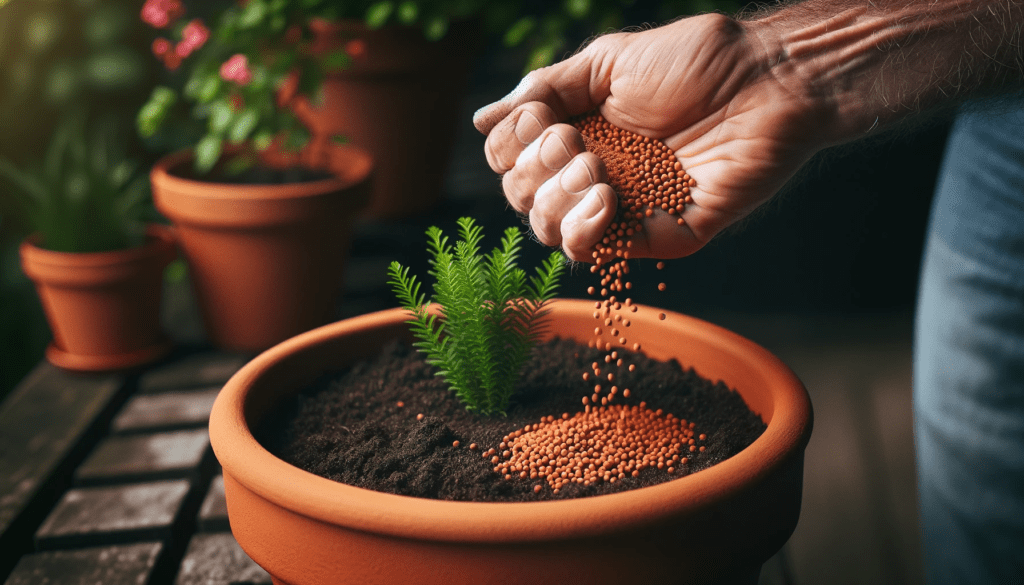
It’s a common question: do you need to fertilize your terra cotta pots? The answer is a resounding yes! Terra cotta pots are porous, so they need regular fertilization to help keep plants healthy.
There are a few things to keep in mind when fertilizing terra cotta pots. First, use a water-soluble fertilizer rather than a granular one. Granular fertilizers can sit in the bottom of the pot and not get to the roots where they’re needed. Second, be sure to water the pot before fertilizing, as dry clay can absorb too much fertilizer and damage the roots.
The frequency of fertilization will depend on the type of plant you’re growing and the pot size. For most plants, once a month is sufficient. However, if you’re growing a fast-growing plant or a large plant, you may need to fertilize more often. A good rule of thumb is to fertilize when you water.
So, don’t neglect your terra cotta pots! Fertilize them regularly to keep your plants healthy and happy.

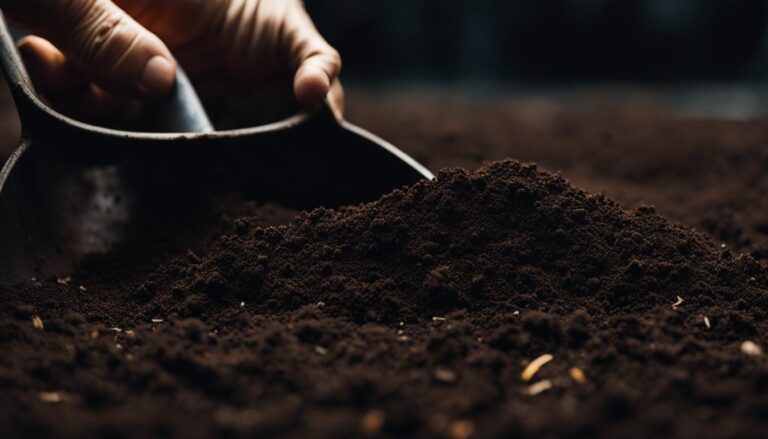
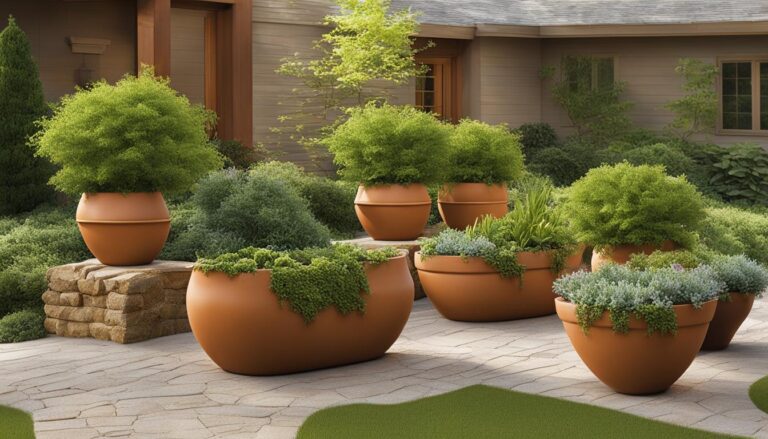
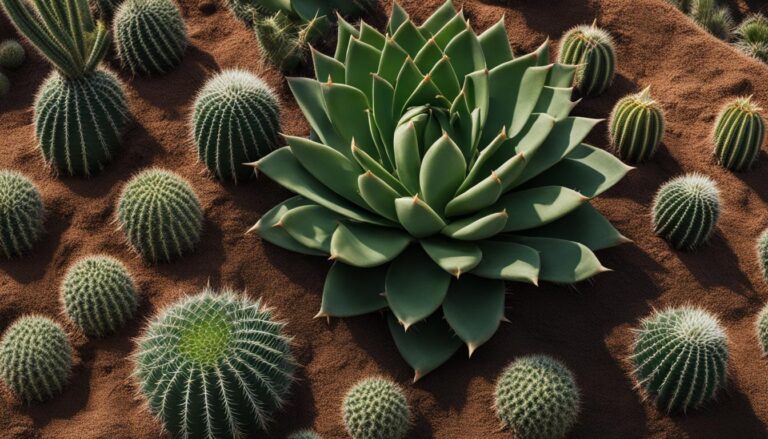
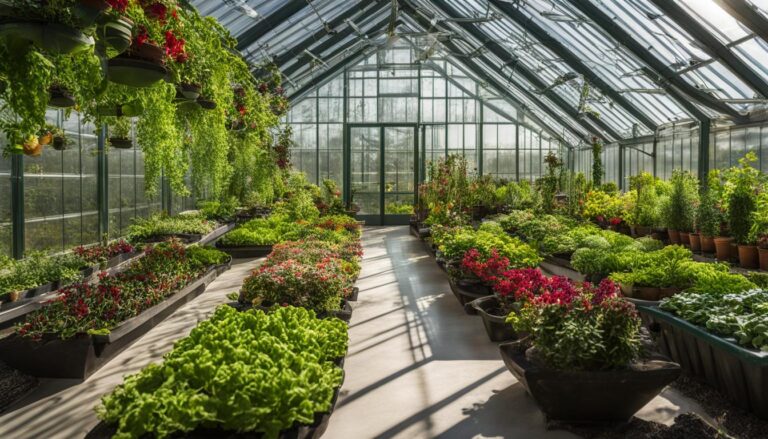
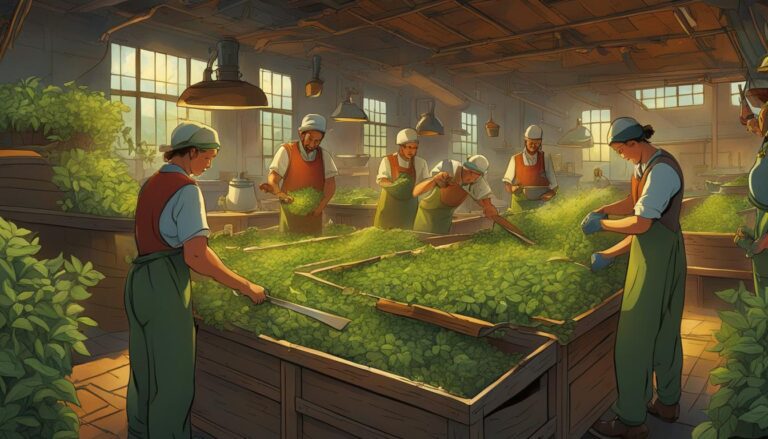

5 Comments
Comments are closed.